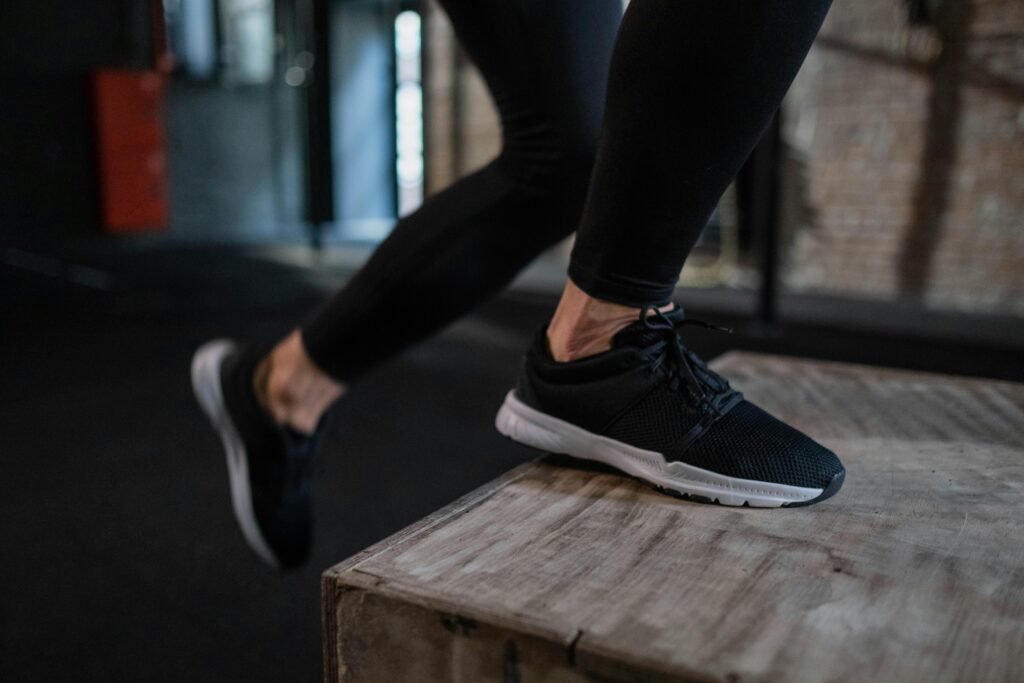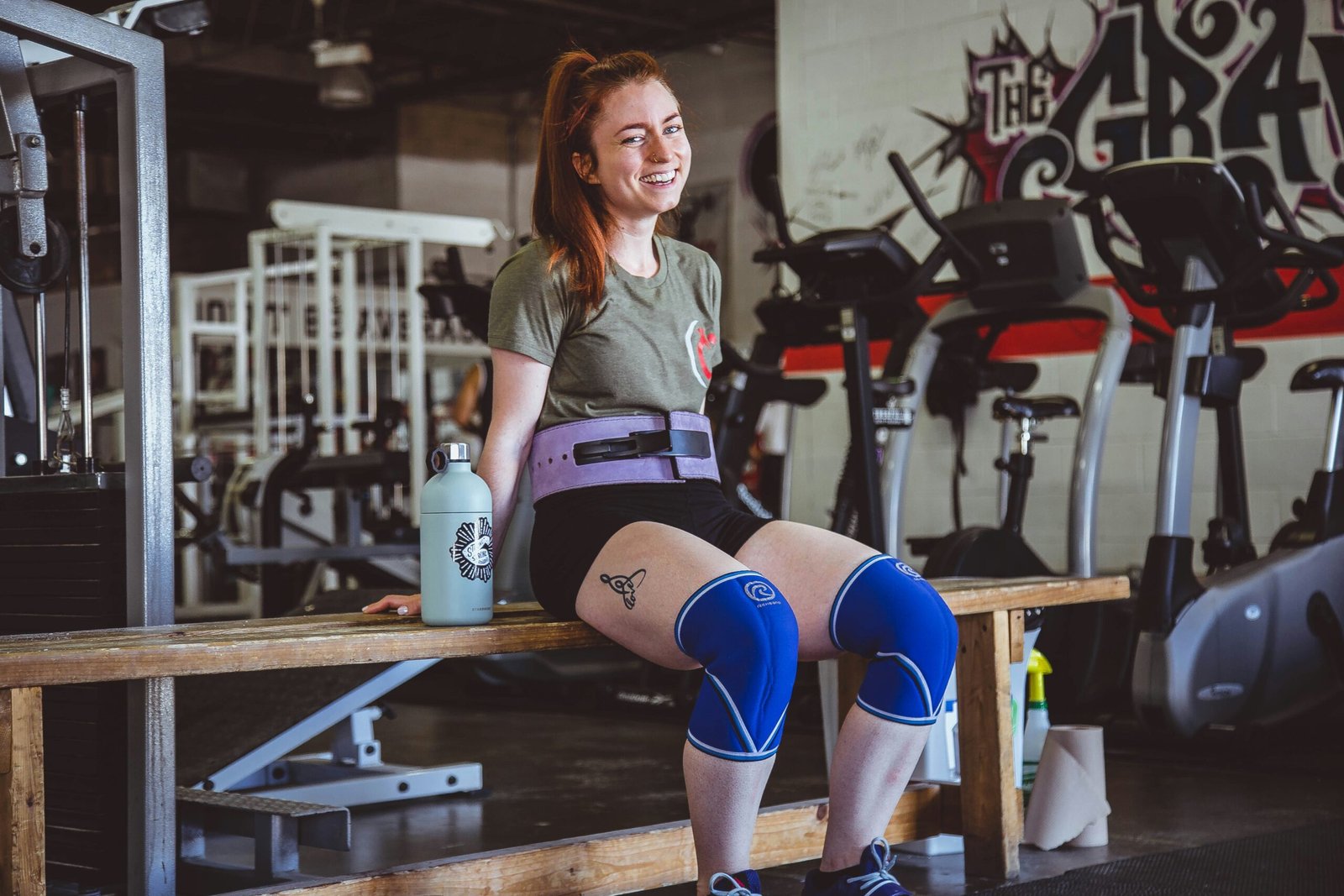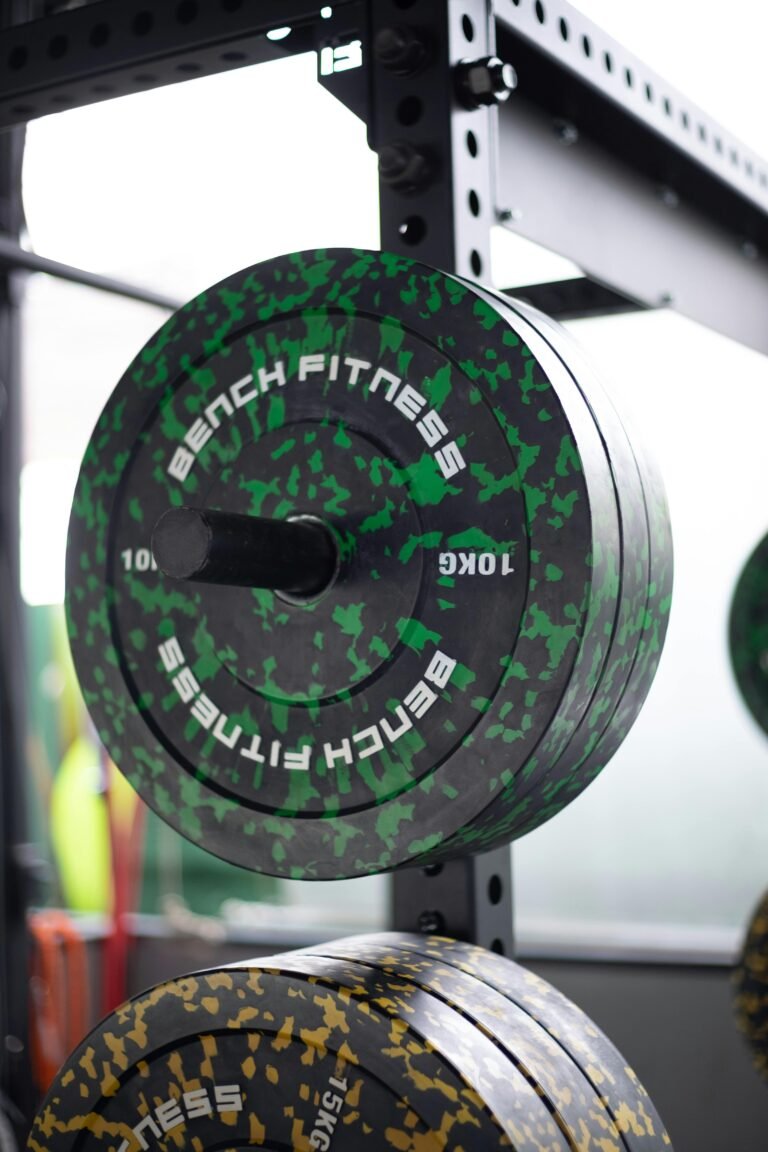Hey there! Just a heads up—this post contains affiliate links. If you click through and make a purchase, we may earn a small commission at no extra cost to you. Thanks for supporting the site and helping us keep the content coming!

Science of Joint and Tendon Stiffness
Tendon stiffness for beginners
When athletes think about injury prevention or performance enhancement, they often focus on flexibility, strength, or endurance. But one underrated concept in sports science — tendon and joint stiffness — plays a crucial role in explosiveness, force transfer, and joint integrity. And no, we’re not talking about stiffness as in pain or restriction. In this context, stiffness is a good thing.
This post breaks down what tendon/joint stiffness really is, why it matters for wrestlers and strength athletes, and how to optimize it for better performance.
What Is Tendon and Joint Stiffness?
Stiffness in biomechanics refers to the ability of a tendon or joint to resist deformation when a force is applied. It’s not about tightness or lack of flexibility — it’s about how quickly a structure can return to its original shape and transmit force without lag.
In practical terms:
- A stiff Achilles tendon helps you rebound faster in sprints or jumps.
- A stiff knee joint allows faster deceleration and change of direction.
- A stiff shoulder complex improves force transfer in upper-body lifts or pummeling during wrestling.
In physics:
- Stiffness = Force / Deformation
- The more force something can resist without deforming, the stiffer it is.
Why Is Tendon and Joint Stiffness Important?
1. Force Transfer
- A stiffer tendon allows for better transmission of muscular force into movement.
- In wrestling, this matters for shooting, sprawling, lifting, and bracing during contact.
2. Explosive Power
- Athletes with stiffer tendons and joints typically produce more force quickly, making them more explosive in takedowns, throws, and mat returns.
3. Elastic Energy Storage
- Tendons act like springs. A stiffer spring stores more energy and releases it faster.
- This is critical in movements like jumping, sprinting, or rebounding.
4. Injury Resilience
- Healthy levels of stiffness reduce joint “play,” keeping your knees, shoulders, and ankles from collapsing under pressure.
- It helps resist hyperextension or excessive rotation, two major causes of ligament damage.
Signs of Low vs Optimal Stiffness
| Low Stiffness | Optimal Stiffness |
|---|---|
| Sluggish first-step or jump | Quick, reactive movements |
| Excessive joint wobble or “give” | Stable joints under pressure |
| Frequent tendon soreness | Efficient force absorption/release |
| Poor sprint or change-of-direction speed | Explosive lateral and vertical power |
How to Improve Tendon and Joint Stiffness
1. Heavy Strength Training
- Lifting near-maximal loads (e.g. 3–6 rep range) increases tendon density and stiffness over time.
- Compound movements like squats, deadlifts, and presses are ideal.
2. Isometric Holds
- Paused lifts, wall sits, planks, and isometric push-pulls strengthen the tendons at specific joint angles.
- Especially useful in joint-specific prep (like knees for wrestlers).
3. Plyometrics and Jump Training
- Bounding, hopping, and depth jumps train the tendons to store and release elastic energy.
- Use low volumes and perfect form to avoid overuse.
4. Tempo Training
- Slow eccentrics (lowering phase) followed by explosive concentrics (lifting/pushing phase) condition tendons to control and release force.
- Think 3-second down, explode up.
5. Collagen and Nutritional Support
- Supplements like hydrolyzed collagen paired with vitamin C can support tendon remodeling.
- Taken 30–60 minutes before training, they may enhance tendon response to loading.
Avoiding the Confusion: Stiffness vs Tightness
This is where a lot of athletes and coaches get tripped up. Stiffness is mechanical. Tightness is neurological.
- Tightness = your nervous system limiting range of motion, often due to fatigue, injury, or bad posture.
- Stiffness = structural integrity that allows force to travel efficiently without loss.
You can have high tendon stiffness and still be mobile. The key is balancing strength and range of motion.
Final Takeaway: Train for Stiffness, Not Just Size or Flexibility
Tendon and joint stiffness is a hidden key to explosive performance, injury resilience, and efficient movement. Wrestlers and strength athletes who prioritize it through smart training — heavy lifts, isometrics, plyometrics, and collagen support — will move faster, hit harder, and hold up better under pressure.
Don’t confuse stiffness with restriction — done right, it’s a performance enhancer, not a limiter.
Built for wrestlers who train for more than just the mirror.
– Coach G
If you found this post to be helpful, then you may be interested in the rest of our blog page here.
At Gear Affiliate, we always want to give our readers more resources to research. Below are a few sources that we have found to be helpful relating to this topic.


